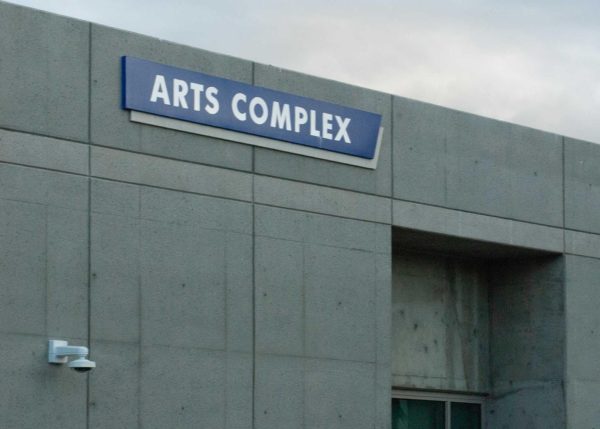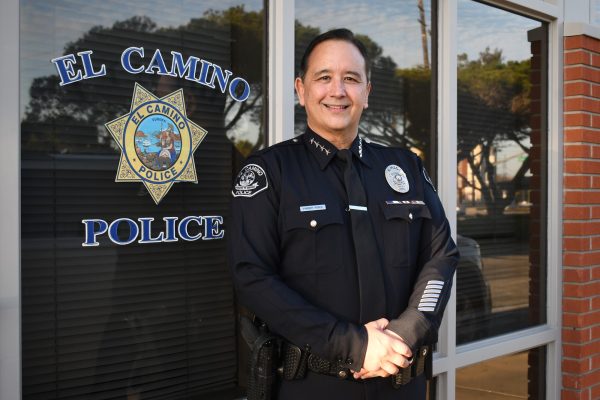Dead bodies on display in L.A.
In her eighth month of pregnancy, a mother is cut open, injected with plastic and put on display, the tiny fetus still in her womb.
She is one of many bodies on display students may encounter at the Body Worlds exhibit at the California Science Center in Los Angeles, a combination of science and art scheduled to run until January 23.
“This is my second time here, I think this is the most interesting thing I have ever seen in my life,” Izabela Villaloazo, 24, said.
Using real cadavers and body parts, the exhibit shows human configurations and functions, ranging from the effects of the brain in altered states to how bodily fluids run through the intestine and out the rectum.
“I’m looking at all these bodies, skinless; The muscles and the bones, and sometimes I forget that this is real, that these people are really people and not just cool art made by genius special-effects artists,” Daniel Flores, 22, said.
Bodies for the exhibit are preserved using a process known as plastination, pioneered by Professor Gunther Von Hagens.
In this process, the water and fat are vacuumed out of the body and replaced with a fluid plastic that hardens to retain the body’s tissue.
It takes about 1,500 hours to plasticize a corpse.
“I can see every little intricate detail on these muscles; It sends chills down my spine,” Tyler Stafford, 21, said. “I am in awe that I am able to see the human body in a way I never thought I could.”
There are more than 200 specimens of organs, body parts, cross sections and 25 whole body specimens in the exhibit with one section showing a model revealing the configuration of blood vessels of an adult and child of both genders.
“The model showing our configuration of blood vessels is really cool. I would never have imagined that it would be like that,” Stafford said.
The exhibit is broken down into different sections of the body, including the muscular system, the nervous system and the cardiovascular system. In the exhibits, the plasticized bodies are portrayed in numerous real life poses.
“It is really nice how this place is setup. Everything isn’t all in one area, it is spacious and organized. Everything is labeled for your learning convenience,” Villaloazo said.
“And you can really take your time studying the cadavers without it being overly-crowded,” she said.
Besides giving an inside-look of a skinless human body, the exhibit shows the many diseases human beings contract and how they affect the body and brain.
“Coming here has opened my eyes to how mortal we really are,” Stafford said.
“Seeing the cancer on these specimens and how other deadly diseases infect our body makes me think twice about how I live my life and treat my body. My body is definitely my temple,” he said.
The Body Worlds exhibit, on display since July, has been seen throughout Europe and Asia and now has made its only West Coast stop to California.
At the end of the exhibit, people are given the opportunity to fill out pamphlets to donate their bodies to science and be plasticized.
“It’s nice to know that people gave themselves to science so I can have a better understanding of what I am and how my insides work,” Flores said.
The price of admission is $9.50 with a student ID card. Regular admission is $12. Visitors may also watch an IMAX film pertaining to the exhibit.
“I’ll be thinking about the things I’ve seen here for a long time,” Flores said.






